- Have any questions?
- +86-189 8930 5995
- sales@mosinterchem.com.cn
Sodium Sulphate Anhydrous CAS 7757-82-6

Ammonium Persulfate CAS 7727-54-0
19/12/2018
Monocalcium Phosphate CAS 7758-23-8
19/12/2018| Model: | MOS7757-82-6 |
| Brand Name: | MOSINTER |
| CAS No.: | 7757-82-6 |
| Melting Point: | 884 °C(lit.) |
| Density: | 2.68 g/mL at 25 °C(lit.) |
| Refractive index: | 1.484 |
| Boiling point: | 1700°C |
| Storage condition: | Store at RT. |
| Solubility: | H2O: 1 M at 20 °C, clear, colorless |
| Sensibility: | Hygroscopic |
| Form: | powder (fine) |
| Soluble: | 18.5 mg/L |
| Stability: | Stable. Incompatible with strong acids, aluminium, magnesium, strong bases. Hygroscopic. |
Sodium Sulphate Anhydrous(CAS: 7757-82-6)
| Item | Index |
| Appearance | White granular crystal or powder |
| Na2SO4, % | ≥99.0 |
| Water insoluble matter % | ≤0.05 |
| Ca & Mg, %(Mg) | ≤0.15 |
| Chloride, %(Cl) | ≤0.35 |
| Moisture, % | ≤0.20 |
| Whiteness, % | ≥80 |
Sodium sulfate is the sodium salt of sulfuric acid. When anhydrous, it is a white crystalline solid of formula Na2SO4 known as the mineral thenardite; the decahydrate Na2SO4•10H2O is found naturally as the mineral mirabilite, and in processed form has been known as Glauber’s salt or, historically,sal mirabilis since the 17th century. Another solid is the heptahydrate, which transforms to mirabilite when cooled. With an annual production of 6 million tonnes, it is a major commodity chemical product.
Sodium sulfate is mainly used for the manufacture of detergents and in the Kraft process of paper pulping. About two-thirds of the world’s production is from mirabilite, the natural mineral form of the decahydrate, and the remainder from by-products of chemical processes such as hydrochloric acidproduction.
Application
Commodity industries
With US pricing at $30 per tonne in 1970,6 up to $90 per tonne for salt cake quality and $130 for better grades, sodium sulfate is a very cheap material. The largest use is as filler in powdered home laundry detergents, consuming approx. 50% of world production. This use is waning as domestic consumers are increasingly switching to compact or liquid detergents that do not include sodium sulfate.
Another formerly major use for sodium sulfate, notably in theUSandCanada, is in the Kraft process for the manufacture of wood pulp. Organics present in the “black liquor” from this process are burnt to produce heat, needed to drive the reduction of sodium sulfate to sodium sulfide. However, this process is being replaced by newer processes; use of sodium sulfate in theUSand Canadian pulp industry declined from 1.4 Mt/a in 1970 to only approx. 150,000 tonnes in 2006.[
The glass industry provides another significant application for sodium sulfate, as second largest application in Europe. Sodium sulfate is used as a fining agent, to help remove small air bubbles from molten glass. It fluxes the glass, and prevents scum formation of the glass melt during refining. The glass industry in Europe has been consuming from 1970 to 2006 a stable 110,000 tonnes annually.
Sodium sulfate is important in the manufacture of textiles, particularly inJapan, where it is the largest application. Sodium sulfate helps in “levelling”, reducing negative charges on fibres so that dyes can penetrate evenly. Unlike the alternative sodium chloride, it does not corrode the stainless steelvessels used in dyeing. This application inJapanand US consumed in 2006 approximately 100,000 tonnes.
Thermal storage
The high heat storage capacity in the phase change from solid to liquid, and the advantageous phase change temperature of 32 °C (90 °F) makes this material especially appropriate for storing low grade solar heat for later release in space heating applications. In some applications the material is incorporated into thermal tiles that are placed in an attic space while in other applications the salt is incorporated into cells surrounded by solar–heated water. The phase change allows a substantial reduction in the mass of the material required for effective heat storage (the heat of fusion of sodium sulfate decahydrate is 82 kJ/mol or 252 kJ/kg), with the further advantage of a consistency of temperature as long as sufficient material in the appropriate phase is available.
For cooling applications, a mixture with common sodium chloride salt (NaCl) lowers the melting point to 18 °C (64 °F). The heat of fusion of NaCl.Na2SO4•10H2O, is actually increased slightly to 286 kJ/kg.
Small-scale applications
In the laboratory, anhydrous sodium sulfate is widely used as an inert drying agent, for removing traces of water from organic solutions. It is more efficient, but slower-acting, than the similar agent magnesium sulfate. It is only effective below about 30 °C, but it can be used with a variety of materials since it is chemically fairly inert. Sodium sulfate is added to the solution until the crystals no longer clump together; the two video clips (see above) demonstrate how the crystals clump when still wet, but some crystals flow freely once a sample is dry.
Glauber’s salt, the decahydrate, was historically used as a laxative. It is effective for the removal of certain medicine such as paracetamol(acetaminophen) from the body, for example, after an overdose.
In 1953, sodium sulfate was proposed for heat storage in passive solar heating systems. This takes advantage of its unusual solubility properties, and the high heat of crystallisation(78.2 kJ/mol).
Other uses for sodium sulfate include de-frosting windows, in carpet fresheners, starch manufacture, and as an additive to cattle feed.
Lately, sodium sulfate has been found effective in dissolving very finely electroplated micrometre gold that is found in gold electroplated hardware on electronic products such as pins, and other connectors and switches. It is safer and cheaper than other reagents used for gold recovery, with little concern for adverse reactions or health effects.
At least one company, ThermalTake, makes a laptop computer chill mat (iXoft Notebook Cooler) using sodium sulfate decahydrate inside a quilted plastic pad. The material slowly turns to liquid and recirculates, equalizing laptop temperature and acting as an insulation.
You must be logged in to post a review.

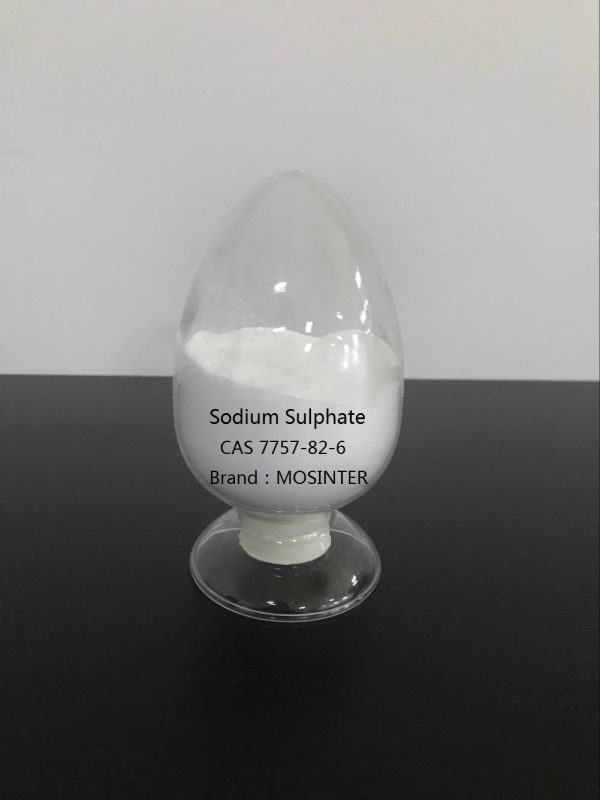
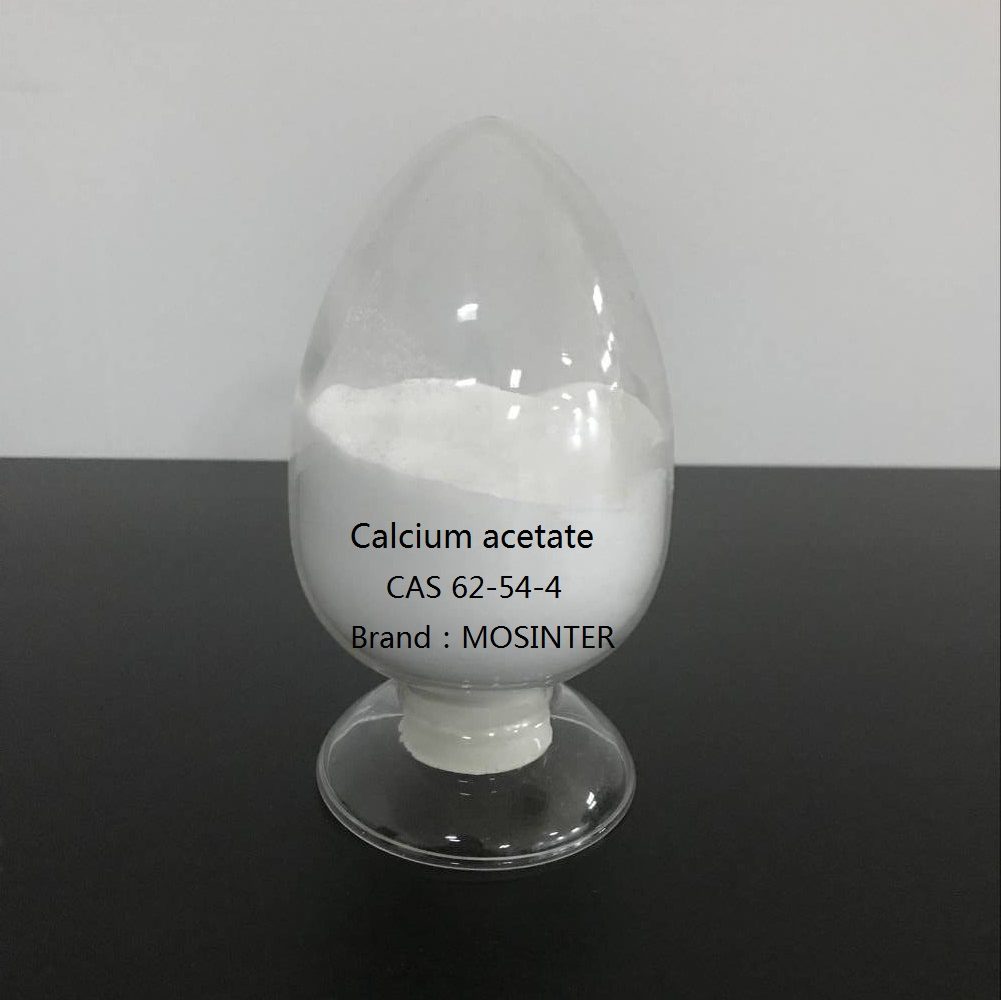
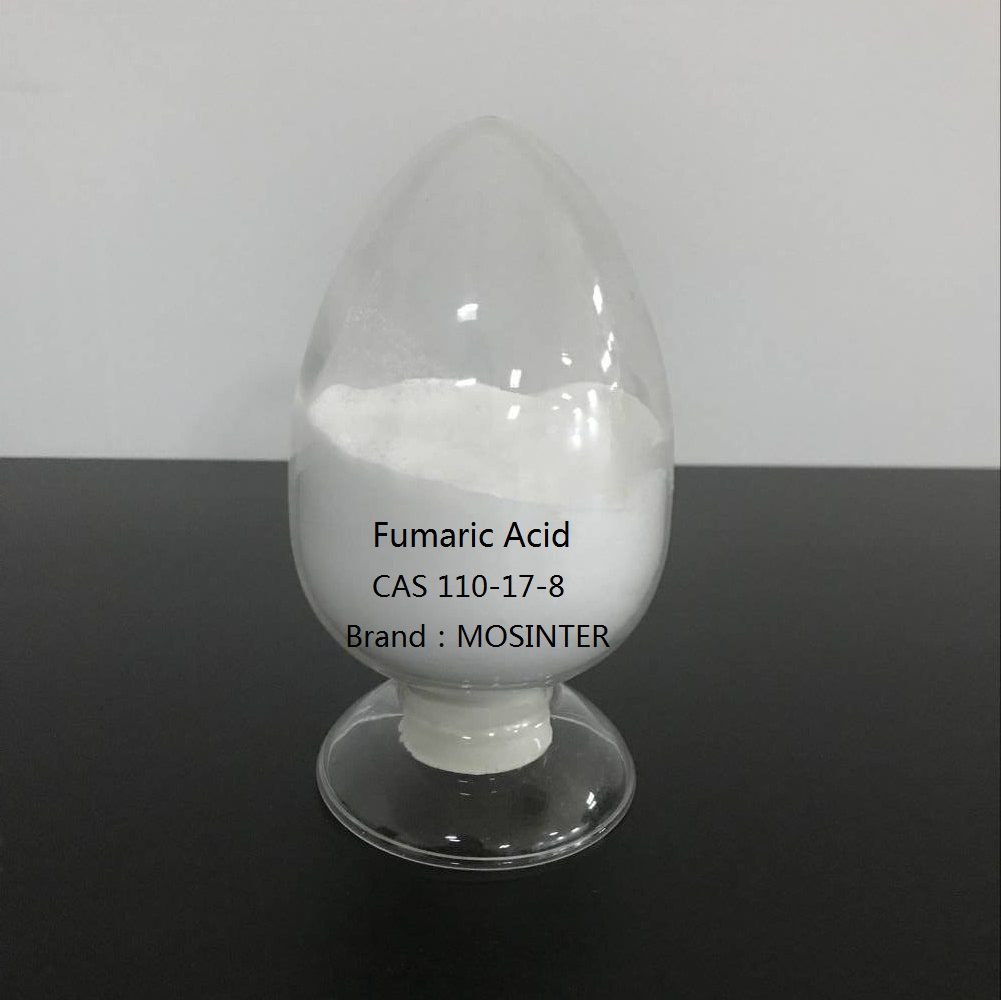
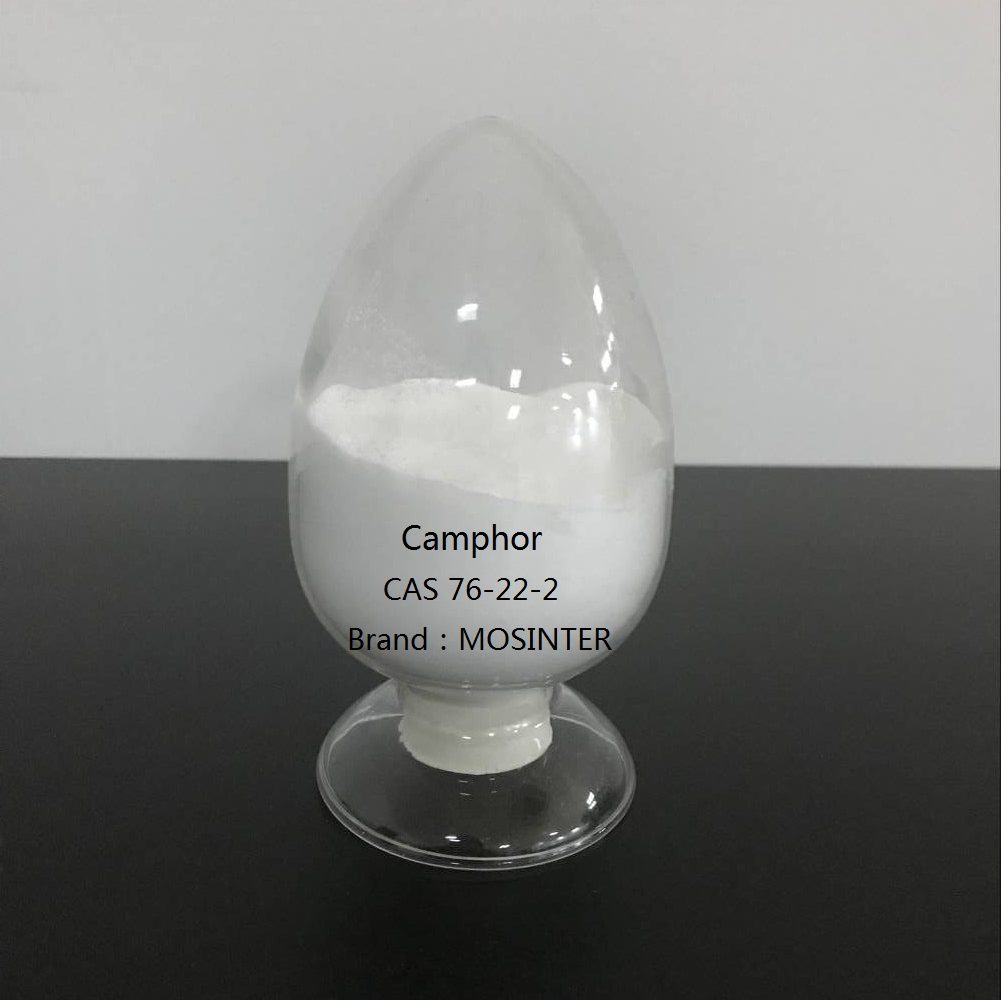
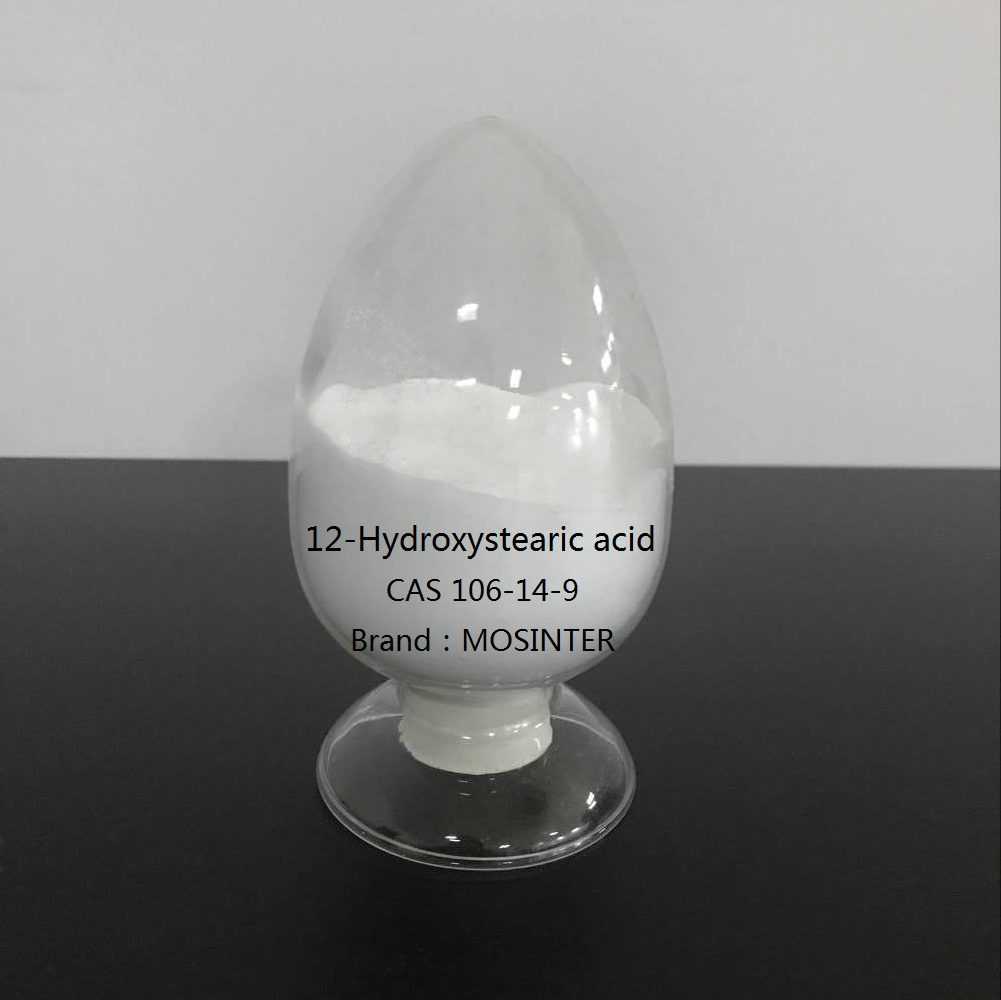
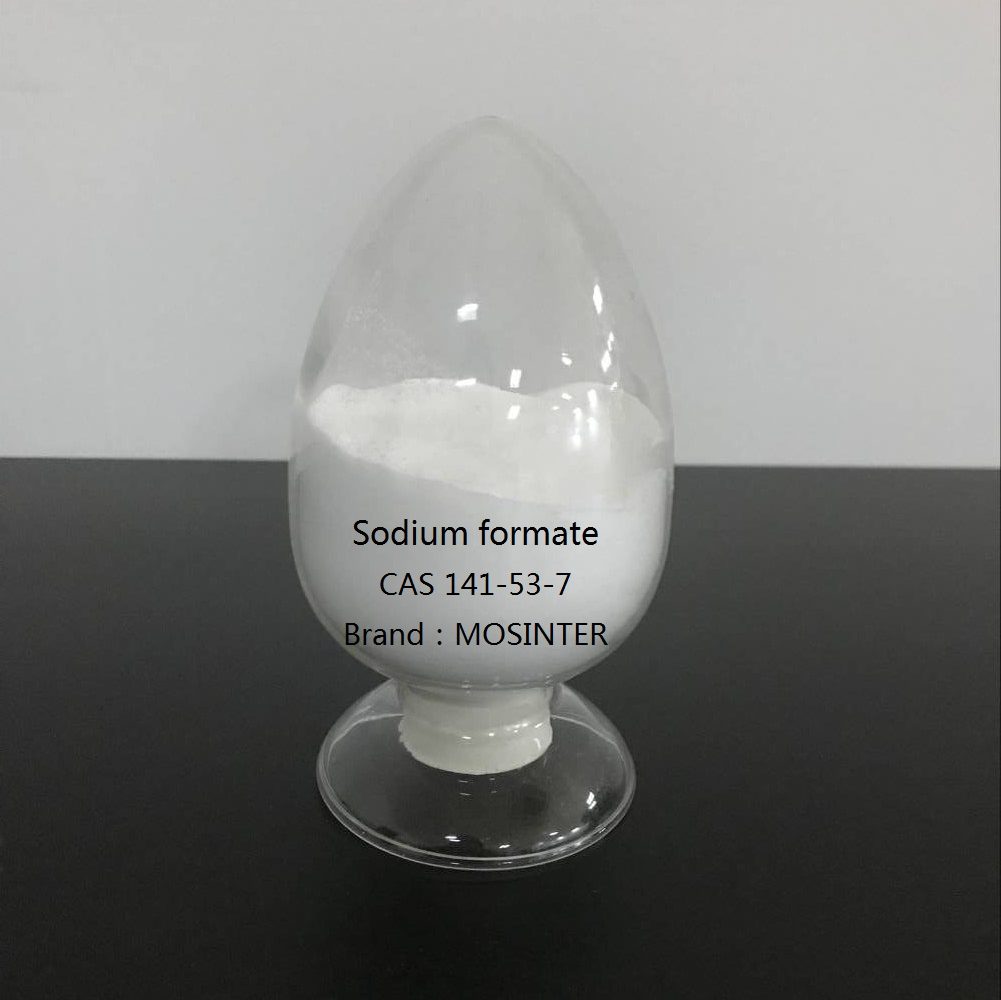
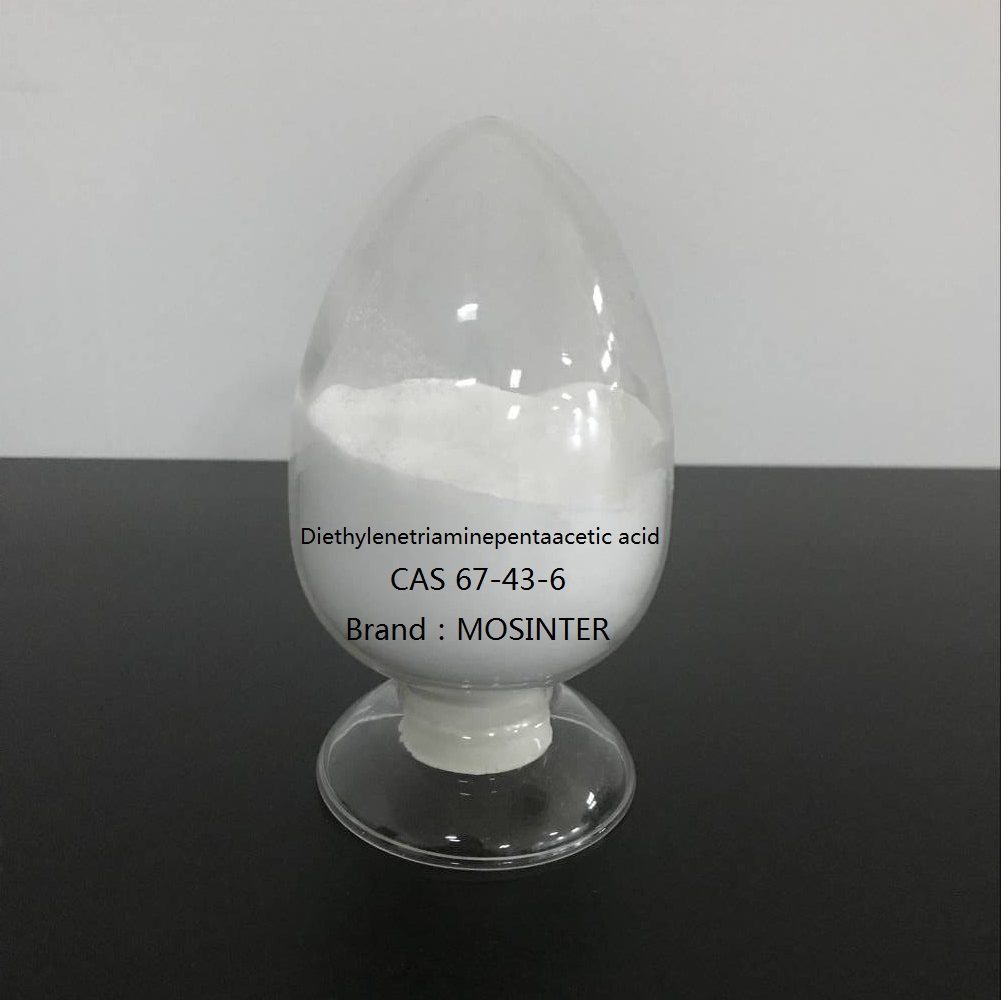
Reviews
There are no reviews yet.